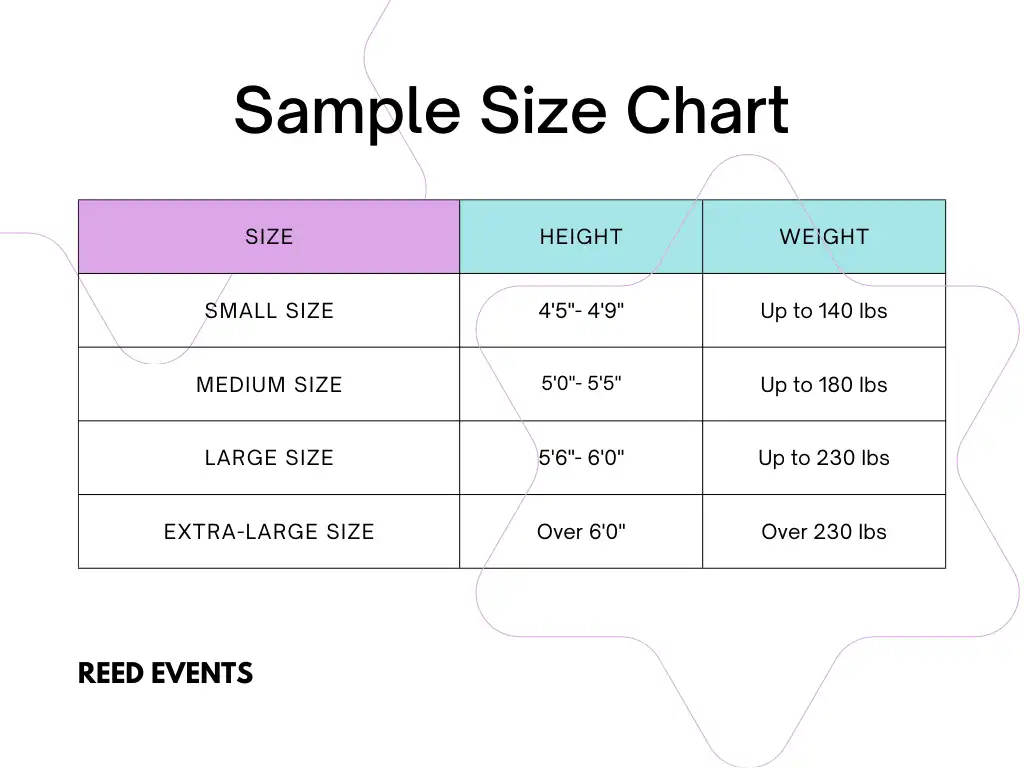5 Helpful Tips to Measure Your Students for Regalia for Graduation

Measuring students for graduation regalia is a must-do step to make sure that your students look and feel their best on one of the most important days of their lives. And to make a perfectly fitted gown and cap, you must follow the right measurement process from head to toe. After all, it's not about finding the right size, it's about helping them to feel more confident.
Otherwise, imagine a student attending the long-awaited ceremony with a gown that is too tight to restrict their movement as they walk across the stage or a student with a loose cap that keeps slipping off, making it difficult to focus on the moment.
With the right preparation and guidance, you can take the stress out of the equation while turning the process smoother and more enjoyable. In this guide we will provide you practical tips to assist you in managing the process, ensuring that each student is fitted perfectly for their special day.
1. Announce a measurement day
Organise a measurement day to help students get the correct gown size and cap fit so that you can skip all sorts of last-minute adjustments. Go for a high-traffic and accessible location such as a campus hall, student centre or designated classroom. Try to offer multiple sessions on multiple days to ensure maximum participation.
Have separate stations to measure height, weight and head circumference. It works best if you can offer some gown and cap fitting samples so that students can try on them and find the size that works best for them.
Make sure to provide all the needed measurement tools including tape measures, scales and height charts. Set up a system to record the measurement immediately, be it through paper forms or digital system.
2. Emphasise accuracy for gowns
The gown is the most crucial piece of graduation attire. So, you have to be extra careful when taking the height and weight measurements. To make it easier, you can provide a size chart that correlates height and weight to the appropriate gown size.
For example, here's a sample size chart you can provide
- Small size- Height: 4'5"- 4'9", Weight: Up to 140 Ibs
- Medium size- Height: 5'0"- 5'5", Weight: Up to 180 Ibs
- Large size- Height: 5'6"- 6'0", Weight: Up to 230 Ibs
- Extra-large size- Over 6'0", Weight: Over 230 Ibs

Here are some useful tips,
- Ask your students to wear shoes they are trying to wear at the event to get the most accurate height.
- Pick a hard, flat surface as a measuring area, such as a wall or floor. Suppose you can place a measuring tape or ruler in a vertical way from the floor to the top of the student's head.
- Always have someone who can assist you with measuring so that the tape remains straight and level.
- Keep the record of the measurement to the nearest fraction of an inch or centimetre.
- Provide clear instructions on how to weigh oneself, as weight also affects sizing.
3. Focus on capsizing
In terms of caps, though it mostly comes in one-size-fits-all style, but measuring head circumference is needed as well. Because, when you measure the cap size, it will sit securely without being too tight or loose.
Here are tips on how to take accurate head measurements:
- Make sure to use a soft and flexible measuring tape to ensure an exact measurement.
- Position the tape around the widest part of the head while keeping the tape flat all the way around the head.
- If you are using a measuring tape, note the size in inches or centimetres. But if you are using a string, mark the end point clearly, then measure the length with a ruler.
- Mention to your students that their hairstyle can affect capsizing.
- During the event day, you have to make sure that the cap is worn correctly, with the motherboard parallel to the ground and the front point centred on the forehead.
4. Always double-check measurements
Even if many students might attempt to take their own measurements, it's wiser to help someone assist them for better accuracy. Because measuring oneself can cause many errors as there is always room for error due to awkward positioning or difficulty reading the tape measure correctly.
But with an assistant, you can ensure that you can avoid errors in measurements, which leads to fewer exchanges or returns and less stress from last-minute adjustments. Also, with two sets of eyes and hands, there will be less room for error.
5. Offer an exchange policy
Remember that comfort varies from student to student. Some may prefer a loose fit, while some might want something tailored. So, when you offer flexibility in size selection, it will help your students pick gowns that match their personal preferences.
Sometimes, students might find themselves between standard sizes. You need to help them out. Try to provide an easy and straightforward exchange policy but clearly outline how they can request an exchange due to weight fluctuations and personal preference. By doing this, you can show a supporting and accommodating approach.
Final words
So, to end, one thing is sure that, ensuring accurate measurement is a vital step in preparing for a successful and memorable ceremony. To add an extra layer of convenience in the whole measurement process, offer your students an ordering portal service where they can order their graduation attire and have it shipped to their preferred location.
This approach will ensure that every detail is handled with care while making the graduation day even more special and stress-free for everyone involved.







